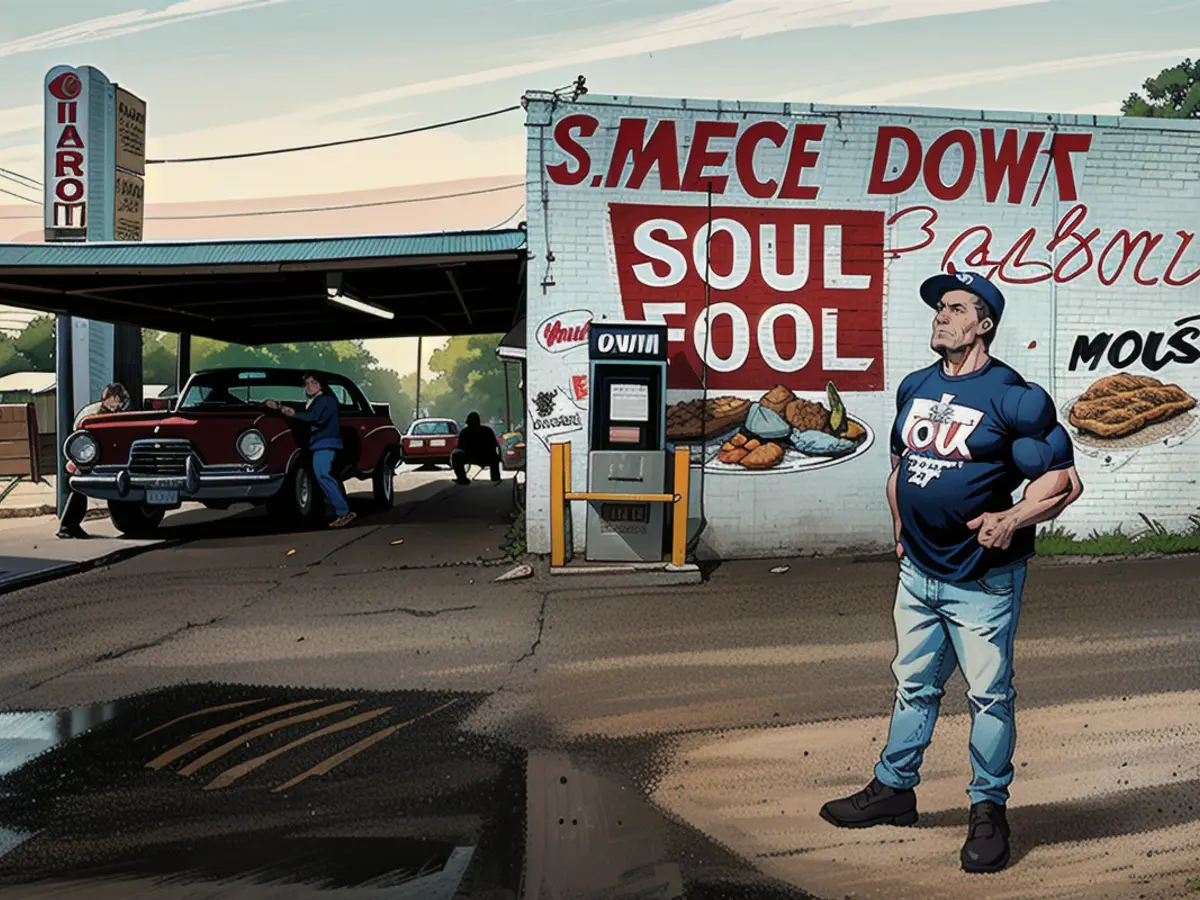Uncovering the South's Concealed Treasures: A Photographer's Take on Its Vibrant Fuel Stops
Though it would take several years before she embarked on a long-term project capturing the gas stations and roadside stops of the American South, Medley's frequent stops captivated her. She began to recognize these establishments as crucial eateries in both urban and rural landscapes.
Many of them provide basic goods and services, such as coffee, hot dogs, or an oversized bathroom key. However, some offer surprising offerings, like crawfish étouffée, tamales, Cajun-style bahn mi, all-you-can-eat barbecue, or even an entire country ham to purchase alongside cigarettes.
These overlooked gems are often dismissed due to their seemingly temporary nature, but Medley pointed out that they're vital lifelines for their surrounding communities. In fact, the Fiscal Policy Institute reported that 61% of all fueling stations in the U.S. are owned independently by immigrants.

"More and more, as I traveled, I felt like there was a significant void in research on the role these spaces play," Medley explained during a phone interview. "I found it absolutely fascinating - the people who work there, the food they're cooking, and the communities they're nurturing. It's a fundamental part of who we are as Southerners and what the South has to offer."
"Thank You Come Again" is now both a photo book with 200 images, published in late 2021, and the subject of Medley's inaugural museum exhibition at the Mississippi Museum of Art in Jackson, where she was born and raised.
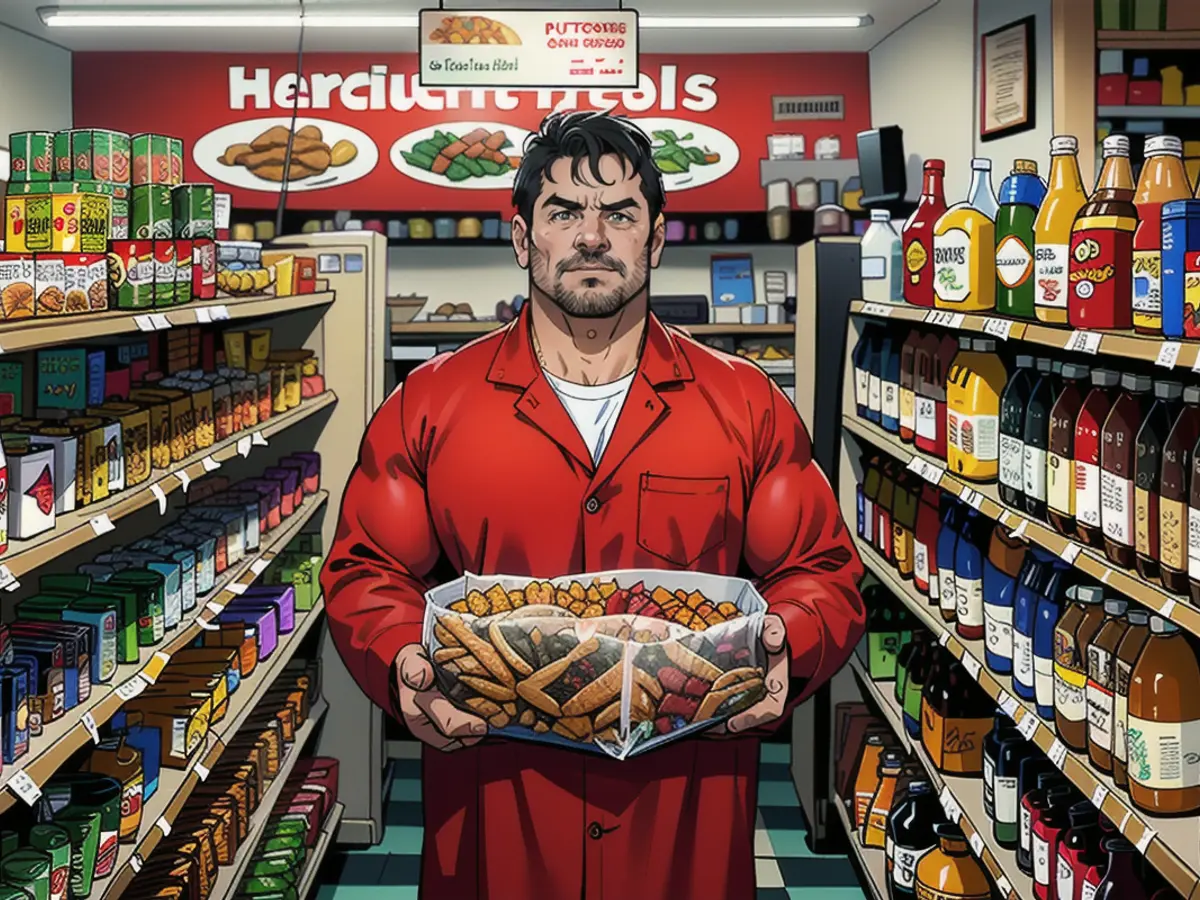
Scouring the South
For ten years, Medley snagged these images while on the road, initially snapping them on the side during assignments, then as her main focus as the project evolved. She visited roughly 150 gas stations and convenience stores in total, intrigued by their unique curation.
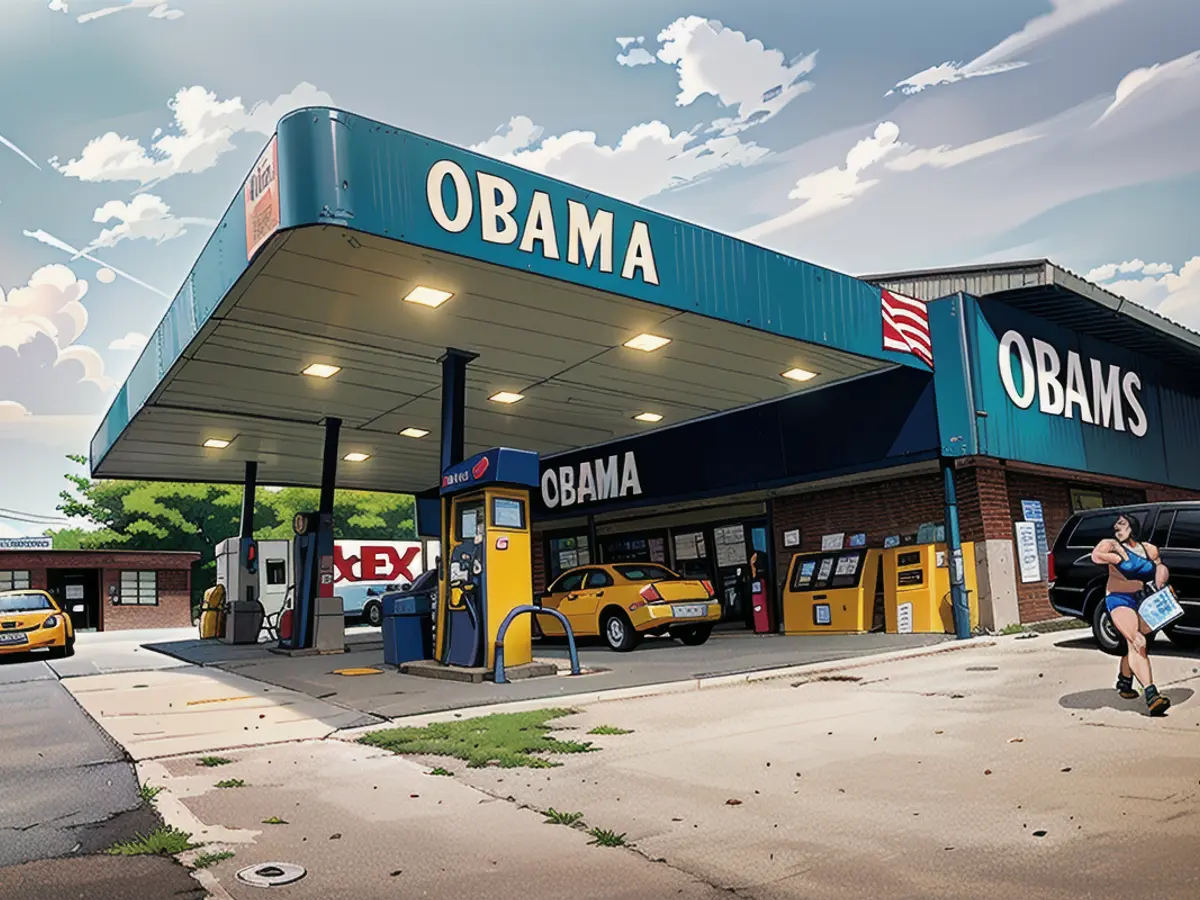
"There's a certain allure to these places," she said. "As you approach them, you open that little glass door and hear the bell jingle. What's inside? What will it smell like? Who will be there? What's on the menu that day?"
These hidden treasures include the Greensboro, North Carolina-based Saint Louis Saveurs, which is nestled in the back of a Circle K and offers Senegalese cuisine like jollof rice, as well as grilled lamb dishes like dibi. This small restaurant was formerly a Dunkin Donuts, as evidenced by the 'D' on the door handle when Medley photographed it. Then there's the Hammond, Louisiana-based Icebox - a Punjabi dhaba, or gas station-adjacent eatery, that removed its convenience store items to make way for a full Indian buffet.
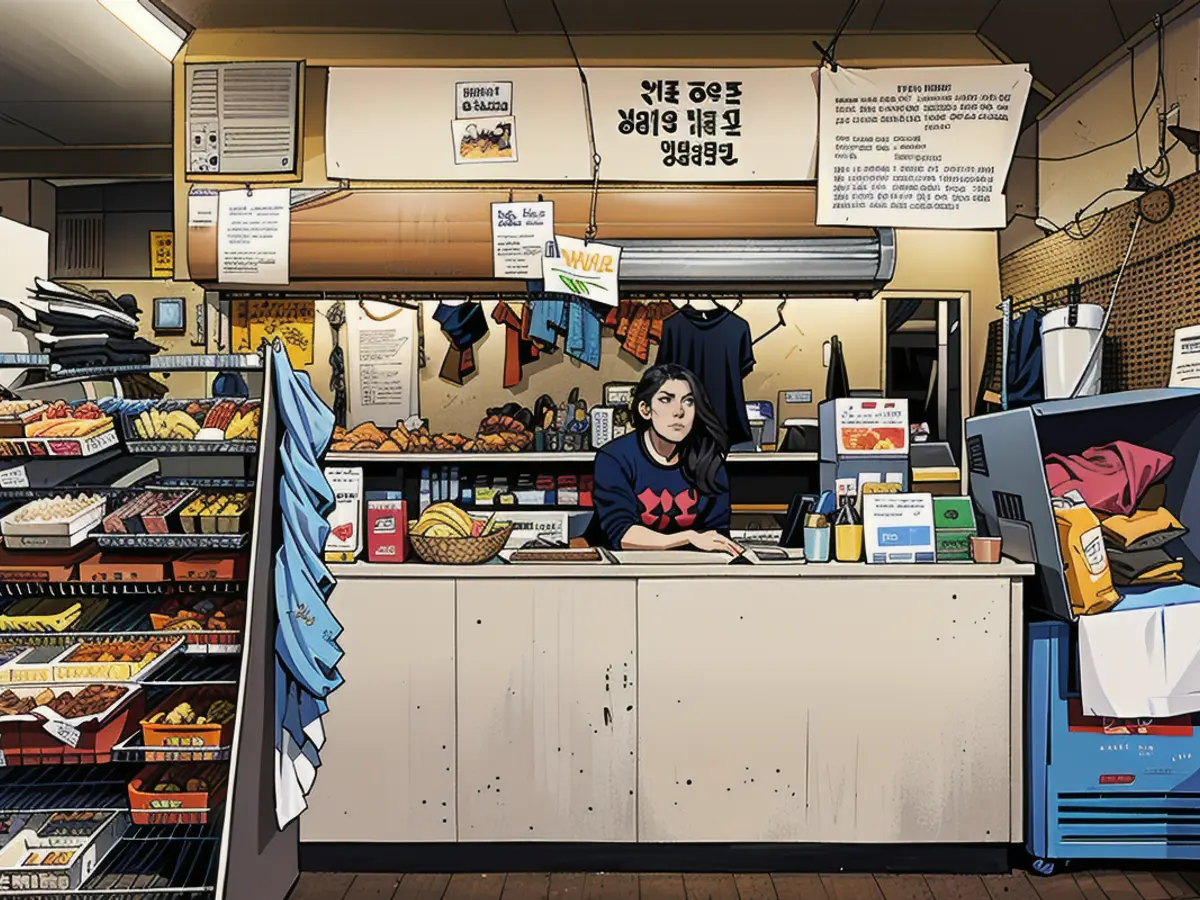
The owners of Icebox strategically placed the restaurant at the convergence of two interstates to cater to long-haul truck drivers, Medley discovered after conversing with them - particularly those recruited from India.
"They've experienced tremendous success," she said. "However, they recently told me that their new business plan is to demolish the dhaba and turn that back into a convenience store. They'll shift the dhaba to a standalone restaurant building, as they believe rich people won't dine in a gas station."

Shifting horizons
For every victorious business, Medley acknowledged a fair share of failing or struggling ones, especially in rural areas with dwindling populations.

A gas station in Elaine, Arkansas, for example, has discontinued its gas pumps and emptied its groceries. A local farmer bought the space strictly to provide hot food options to local farm workers, bringing in consistent revenue.
"The closest gas is thirty miles away," Amanda Simonson, the general manager, mentioned to Medley. "But I can offer you smothered pork chops."
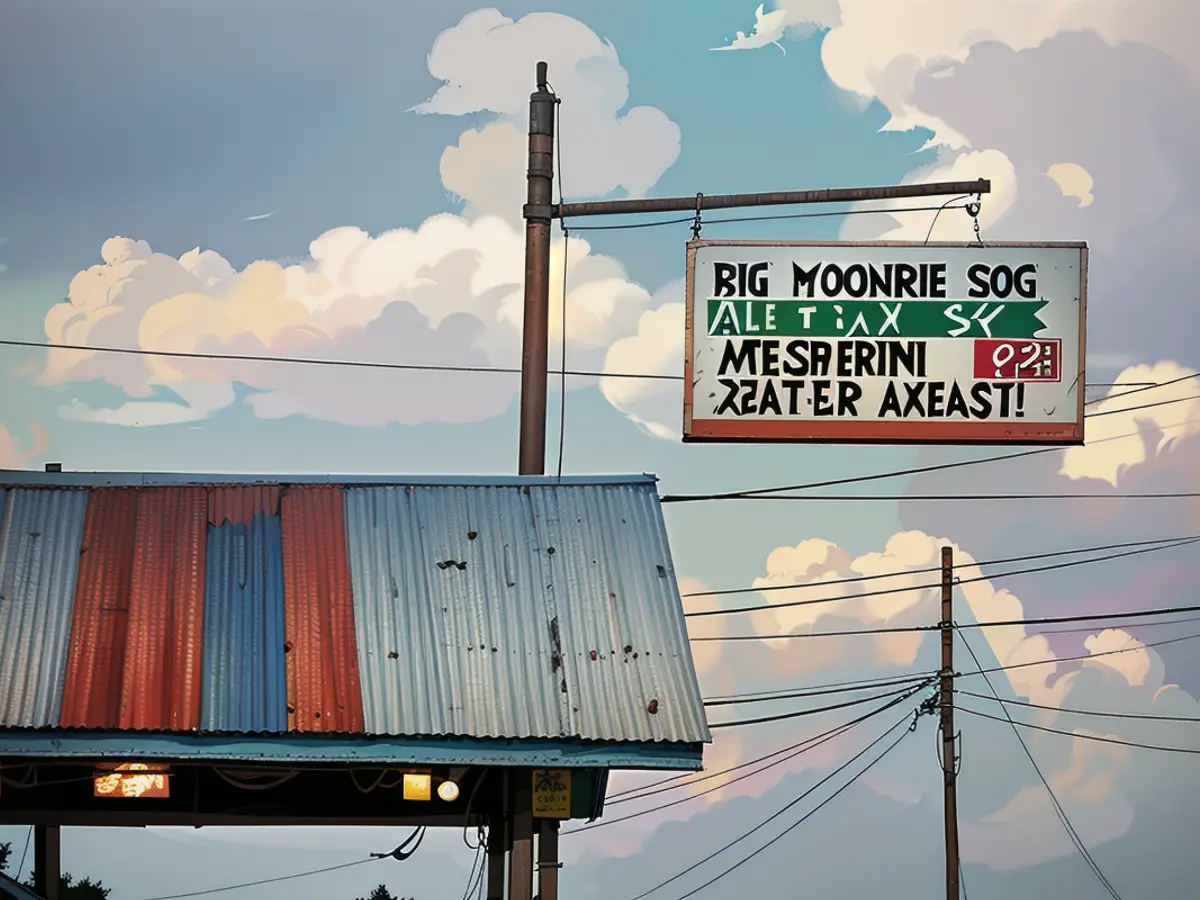
In Banner, Mississippi, Pop's gas station owner, Jeff Poynor, explained to Medley how crucial his business was for nearby residents, introducing one regular customer there strictly for lunch that day.
"Since his wife passed away last year, he eats at Pop's for breakfast, lunch, and dinner," Poynor said.
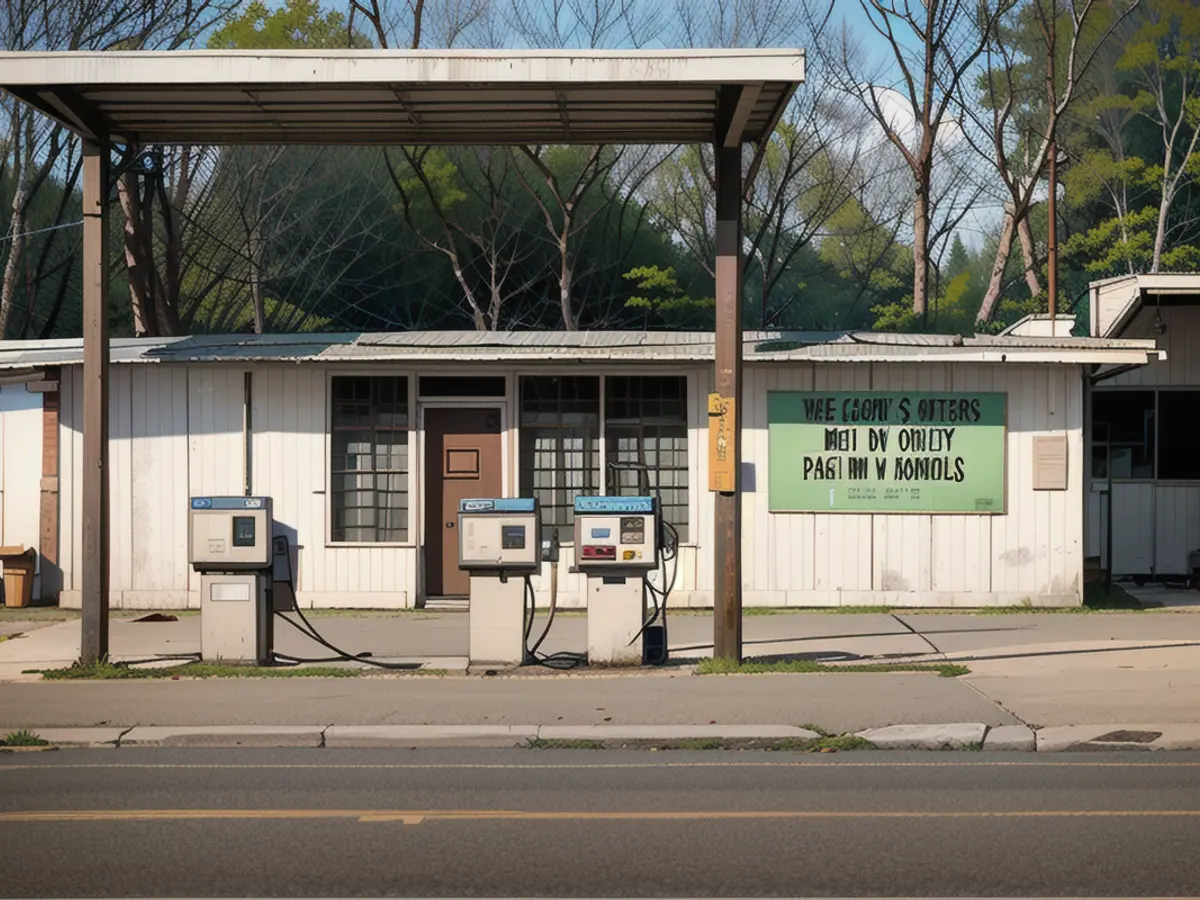
One of the main factors behind these establishments' continued success, according to Medley, is their adaptability. Although not all have survived, she noted that many had transitioned into different ventures. Vanished are the Slim Jims and Red Bulls - instead, you might now find a tiny nightclub or a ham curing enterprise shipping hams around the country.
"I feel hopeful that they'll persist," she said of the station stores. "While there's no certainty about what will happen 50 years from now with electric vehicles, self-driving cars or whatever comes next, I believe these buildings will remain and that entrepreneurs will keep figuring out ways to make them work."
Read also:
- Caught up in the present: the end of "The Crown"
- Through New Year's Eve with TV shows
- What's next for the series hits?
- Which shows will be on?
Amidst her journey, Medley recognized the artistic expression and unique style that these fuel stops and convenience stores showcased. Their interior designs, often a mix of functional and personal touches, reflected the owners' cultural backgrounds and tastes.
Moreover, the food served in these establishments was a testament to the blending of various culinary styles from different cultures. From Senegalese jollof rice in North Carolina to Indian food in Louisiana, these hidden gems added a vibrant splash of flavor to the southern landscape.
Source: edition.cnn.com
